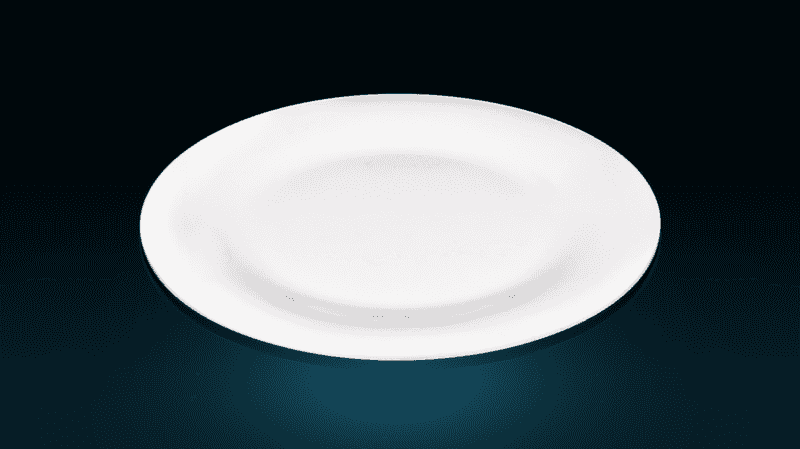How to safely distinguish plastic tableware, these points are effective
2024-06-05
When purchasing plastic tableware, the first thing to look at is whether the logo is complete, and the second is to look at the product. The surface of the product should be smooth, without stains, impurities, scratches, cracks, etc., without discoloration and fading, and you can also smell it to see if there are any pungent odors. How to safely distinguish plastic tableware, these points are effective in personal testing.

There is a triangle with an arrow at the bottom of each plastic product, which is the "recycled" symbol. There are Arabic numerals from 1-7 inside, and the different Arabic numerals represent different properties and uses of this plastic material. It's like identification for plastic products.
The number "1" means that the material of the plastic is PET, that is, polyethylene terephthalate, common mineral water bottles, carbonated beverage bottles, etc., heat-resistant to 70°C, easy to deform, and leaching of substances harmful to the human body; use After 10 months, the carcinogen DEHP may be released; it cannot be placed in the car to bask in the sun, and cannot be filled with alcohol, oil and other substances. The bottle with this mark can no longer hold water after use, please throw it in the recycling bin and let it be recycled.
The number "2" means that the plastic is made of HDPE, which is commonly used as packaging bottles for cleaning products and shower products. Not for use in food packaging.
The number "3" means that the plastic material is PVC. This kind of material is prone to produce harmful substances when it is high temperature, and it will even be released during the manufacturing process. After the toxic substances enter the human body with food, they may cause diseases such as breast cancer and birth defects in newborns. Containers of this material are rarely used for packaging food. If in use, never expose it to heat.
The number "4" means that the material of the plastic is LDPE. General products are plastic wrap, plastic film, etc. The heat resistance is not strong. Usually, qualified PE cling film will melt when the temperature exceeds 110°C, leaving some plastic preparations that cannot be decomposed by the human body. Moreover, wrap food with plastic wrap and heat it, and the fat in the food can easily dissolve the harmful substances in the plastic wrap. Therefore, when the food is put into the microwave oven, the wrapped plastic wrap must be removed first.
The number "5" means that the material of the plastic is PP. High temperature resistance, more common in microwave lunch boxes. Can be reused after careful cleaning. Special attention should be paid to some microwave lunch boxes. The box body is indeed made of No. 5 PP, but the box cover is made of No. 1 PE. Since PE cannot withstand high temperatures, it cannot be put into the microwave oven together with the box body. To be on the safe side, remove the lid before placing the container in the microwave.
The number "6" means that the material of the plastic is PS. It is more common in bowls of instant noodle boxes and fast food boxes. It is heat-resistant and cold-resistant, but it cannot be placed in a microwave oven, so as not to release chemicals due to excessive temperature. And it cannot be used to hold strong acids (such as orange juice) and strong alkaline substances, because it will decompose polystyrene, which is not good for the human body, and it is easy to cause cancer. Therefore, you should try to avoid packing hot food in fast food boxes.
The number "7" represents the plastic material other than PVC and polystyrene or a composite material of multiple plastic materials. It is more common in kettles, cups, and feeding bottles. It is resistant to high temperature and can be used repeatedly, but it cannot be heated in a microwave oven.
After distinguishing the different plastic materials and uses, you might as well conduct a major inspection of your plastic tableware and remove those plastic tableware that are harmful to health. In daily life, when buying cooked food, snacks and other foods that are directly eaten, bring your own tableware or standard plastic food bags.
The country vigorously develops the circular economy, and in the specific countermeasures and measures, it first points out that it will increase investment in basic theoretical research and focus on the development and utilization of "high-performance green and environmentally friendly materials" and "materials with renewable resources as raw materials". Jiatianfu tableware uses green, healthy, environment-friendly, pollution-free and zero-emission raw materials. It not only solves the problem of shells piled up in coastal areas and cannot be effectively treated, but also reduces the exploitation of oil, forests, and mines. It is a new breakthrough in the entire tableware industry.



